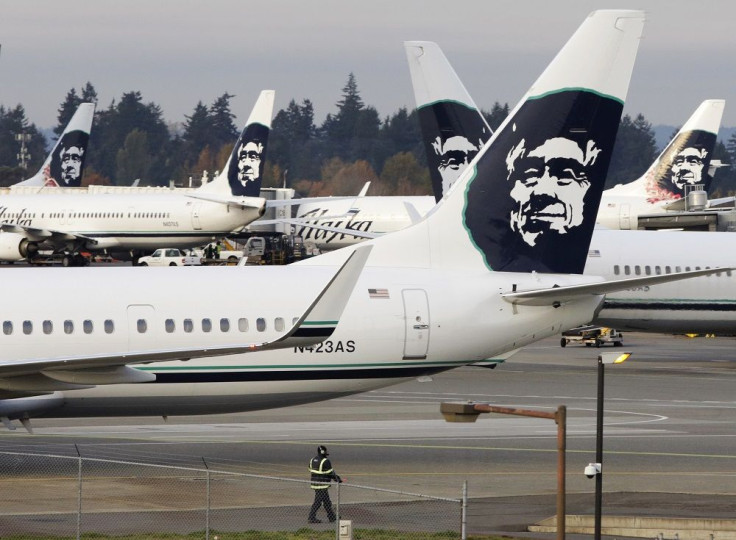US regional airlines seek cut on minimum flying hours to hire new pilots as shortage becomes acute

The regional airlines industry in the United States has urged the government to relax the 2013 pilot safety restrictions to address the shortage of qualified flight crews.
The relatively low-paying regional airline companies are seeking a flexible entry level qualification of 1,500 hours of flight time, according to the Regional Airline Association. They are ready to hire candidates having less than 1500 hours of flying experience and are suggesting an alternate training course to boost the skills.
The Federal Aviation Administration (FAA) relaxes the rules of flying hours to as little as 750, only if a candidate has military flight training experience or carry a degree from a qualified aviation college.
“We agree wholeheartedly that first officers ought to be more experienced,” Faye Malarkey Black, president of the association. But he said the area of disagreement is in using hours as a metric for measuring experience, reports Bloomberg.
Rule barrier
Black said regional carriers are facing the problem of shortage of applicants and there is a mismatch between flying hours and the right skills. Pilots gain hours performing jobs such as flight training but not translating into the right skills required for airlines, he noted.
The RAA want a streamlined pathway for entry and suggests a course called Air Carrier Enhanced training to train the candidates. But the president of Air Line Pilots Association, Tim Canoll, representing the largest union for airline cockpit crews, has opposed any changes to the norms on pilot recruitment.
The current requirement stipulating 1,500-hours of flying experience for first officers came into being after the fatal air accident known as the Colgan Air crash in 2009 near Buffalo in New York. The accident followed when the pilots misunderstanding a cockpit warning and lost control. It crashed into the ground killing all the 49 on board. But that rule has been criticised by regional airlines on the ground that both the Colgan pilots were having more than 1,500 hours of flying experience.
JetBlue’s MPL training
Meanwhile, JetBlue’s new pilot training program that takes raw candidates with no flight training to make them ace pilots, is trying for the US accreditation.
If accepted by FAA, it may bring a positive change for the US airlines industry and may solve pilot shortage as well. The main barrier to it is the resistance of US pilot unions to Multi-Crew Pilots License (MPL), adopted by the UN International Civil Aviation Organisation, reports Forbes magazine.
JetBlue’s Gateway 7 training program has an MPL model. The training program known as Gateway 6 program has a series of milestones, including experience in the regional airline industry. It is an eight-year program created in conjunction with Cape Air.
The US method of pilot training has six different levels known as stacking certifications and start with a student license. It is then followed by sport, recreational, private, commercial and, finally, air transport pilot (ATP) required for commercial airlines.
For feedback/comments, contact the writer at feedback@ibtimes.com.au or let us know what you think below.





















